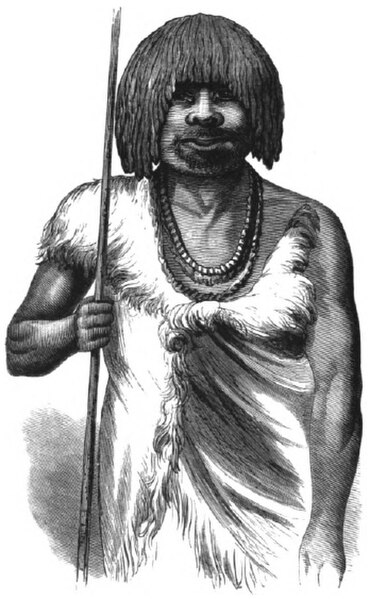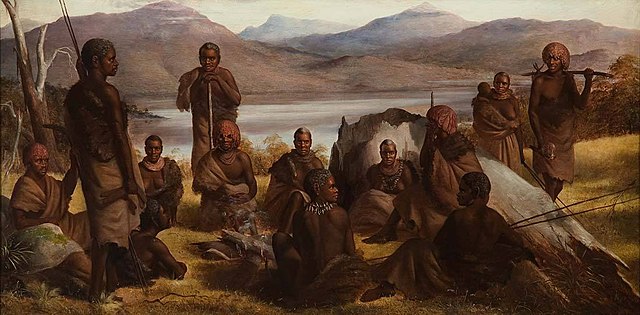New Norfolk is a town on the River Derwent, in the south-east of Tasmania, Australia. With a population of 6,153 in 2021, New Norfolk is the principal township of the Derwent Valley region. Located within the Derwent Valley Council, New Norfolk is situated 32 kilometres (20 mi) north-west of the state capital Hobart on the Lyell Highway and classified as part of the Greater Hobart statistical area.
New Norfolk and River Derwent in autumn, 2012
A former oast house used for the kilning of hops
The Bridgewater Bridge was opened regularly by the Australian Newsprint Mills to transport paper via water to Hobart until 1984 when river transportation ceased.
New Norfolk from Pulpit Rock Lockout
The Aboriginal Tasmanians are the Aboriginal people of the Australian island of Tasmania, located south of the mainland. For much of the 20th century, the Tasmanian Aboriginal people were widely, and erroneously, thought of as being an extinct cultural and ethnic group that had been intentionally exterminated by white settlers. Contemporary figures (2016) for the number of people of Tasmanian Aboriginal descent vary according to the criteria used to determine this identity, ranging from 6,000 to over 23,000.
Illustration from The Last of the Tasmanians – Wooreddy, Truganini's husband
A picture of the last four Tasmanian Aboriginal people of solely Aboriginal descent c. 1860s. Truganini, the last to survive, is seated at far right.
Robert Dowling, Group of Natives of Tasmania, 1859. Critic Bernard William Smith assessed the work as a "history painting in the full sense of the word", with the natives "seated – emblematic of their situation – around the dying embers of a burnt-out log near a great blackened stump, and in the far left corner there is a leafless tree with shattered branches."
Proclamation (c. 1828–30) by Sir George Arthur to Aboriginal Tasmanians, claiming that they would receive equal treatment before the law.








